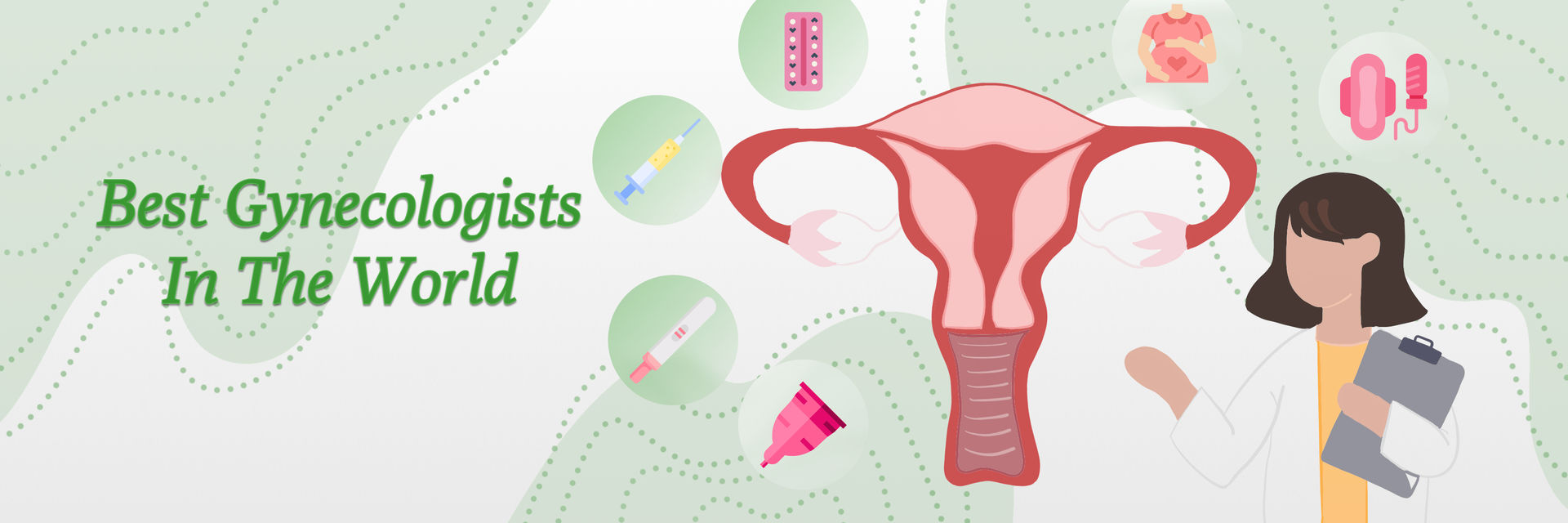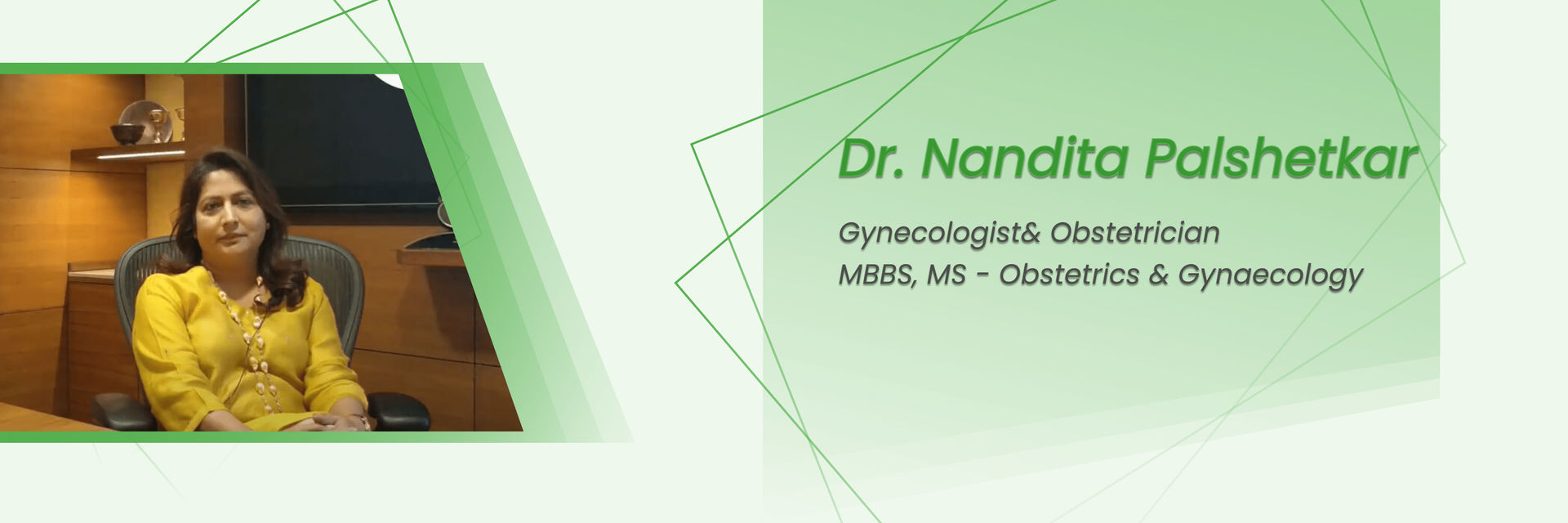Menopause marks the permanent end of a woman's menstrual cycles, usually between the ages of 45 and 55. In India, the average age for menopause is 46 years, with nearly 80 million women experiencing postmenopausal symptoms. However, bleeding after 10 years of menopause—can be concerning.
According to data, around 10-15% of postmenopausal women over 55 will experience unexpected bleeding, which may occur many years after their last period. This article explores the common causes, treatments, and the appropriate steps to take if you experience bleeding after menopause.
Don’t wait! If you are experiencing symptoms of postmenopausal bleeding, book an appointment with the best gynecologists in India today.
Is Bleeding 10 Years After Menopause Normal?
Bleeding after menopause, especially after 10 years, is not normal. Any form of bleeding at this stage, whether light spotting or a heavier flow, requires medical attention. After a decade of menopause, the body no longer undergoes the hormonal changes necessary to trigger regular menstrual bleeding. Therefore, vaginal bleeding after menopause after 10 years could indicate:
1. Endometrial Atrophy (Thinning of the Uterine Lining): After menopause, decreased estrogen levels can cause the uterine lining to become thin and fragile, leading to light spotting after menopause. This condition, known as endometrial atrophy, is one of the most common causes of postmenopausal bleeding.
2. Endometrial Hyperplasia (Thickening of the Uterine Lining): This condition occurs when the uterine lining thickens due to excessive estrogen levels. It can cause heavy bleeding. Endometrial hyperplasia may sometimes progress to endometrial cancer, especially in older women.
3. Polyps: Uterine or cervical polyps are small, usually benign growths that can form inside the uterus or on the cervix. These polyps can cause irregular bleeding, including spotting after menopause after 10 years. Polyps are common and are usually not cancerous but should be removed if they cause symptoms.
4. Hormone Replacement Therapy (HRT): Women who use hormone replacement therapy to manage menopausal symptoms may experience bleeding due to changes in hormone levels. This is usually temporary and may resemble a period 10 years after menopause, though it is not an actual menstrual cycle.
5. Cancer (Endometrial or Cervical Cancer): Though rare, postmenopausal bleeding can sometimes be a sign of uterine or cervical cancer. Statistics show that around 10-15% of cases of postmenopausal bleeding after 10 years are linked to cancer, making it essential to consult a doctor if you experience bleeding.
6. Infections or Inflammation: Infections of the uterine lining or vagina can cause bleeding and discomfort. Inflammation from an infection may trigger cramping and spotting after menopause and should be treated promptly.
While not all cases of postmenopausal bleeding are dangerous, consulting a doctor ensures the correct diagnosis and treatment.
Symptoms Associated with Bleeding After Menopause
When you experience spotting 10 years after menopause, it's essential to note any other symptoms that may accompany the bleeding. Common symptoms include:
- Cramping and pain: This can indicate an underlying uterine or cervical issue.
- Brown discharge 10 years after menopause: This may be due to old blood leaving the body, which can occur in infections or endometrial atrophy.
- Heavier-than-usual bleeding: This may suggest conditions like endometrial hyperplasia or cancer.
- Unusual discharge: If the discharge is watery, foul-smelling, or has an unusual color, it could indicate an infection or malignancy.
If you experience any of these symptoms in conjunction with bleeding, you should consult a gynecologist immediately for diagnosis and treatment.
Treatment for Bleeding After Menopause
The treatment for bleeding after menopause depends on its cause. Once a healthcare professional determines the underlying issue, treatments can range from medication to surgical procedures:
1. Hormone Therapy: Hormonal imbalances are a common cause of bleeding. In cases where low estrogen levels cause endometrial atrophy, hormone therapy can help restore balance and reduce bleeding.
2. Antibiotics: If an infection is causing the bleeding, such as an infection in the uterine lining or cervix, antibiotics are prescribed to clear the infection.
3. Removal of Polyps: If polyps are identified as the cause of the bleeding, they may be removed through a simple surgical procedure called a polypectomy. This procedure is usually done on an outpatient basis.
4. Endometrial Ablation: Endometrial ablation may be recommended in severe cases where the uterine lining is thickened or causing significant bleeding. This procedure removes or destroys the uterine lining to stop the bleeding.
5. Surgery (Hysterectomy): In cases where cancer or other serious conditions are found, a hysterectomy (removal of the uterus) may be necessary to prevent further complications.
If you experience unusual bleeding or spotting 10 years after menopause, book an appointment with the best gynecologists in India today.
FAQs
1. Is bleeding after menopause always cancer?
No, not all cases of bleeding after menopause are linked to cancer. However, it's crucial to seek medical advice to rule out serious conditions, as around 10-15% of postmenopausal bleeding cases are associated with cancer.
2. What is the most common reason for bleeding after menopause?
The most common reasons are endometrial atrophy and polyps. Both are typically benign conditions but still require medical evaluation.
3. Why would a 70-year-old woman experience spotting?
Spotting in older women can occur due to hormonal imbalances, infections, or the presence of polyps. Endometrial cancer or cervical cancer is also a possibility, so medical consultation is necessary.
4. Why am I bleeding after 12 years of menopause?
Bleeding 12 years after menopause is unusual and should be evaluated by a doctor. Causes can include polyps, infections, or more serious conditions like cancer.
5. Can periods restart after menopause?
No, periods do not restart after menopause. Any bleeding after menopause is abnormal and should be checked by a healthcare professional.
6. What color is postmenopausal bleeding?
Postmenopausal bleeding can range from bright red to brown. Brown discharge 10 years after menopause is typically old blood leaving the body and is usually less concerning, though it should still be evaluated by a doctor.
7. When to Seek Medical Help for Postmenopausal Bleeding?
If you're experiencing any form of postmenopausal bleeding after 10 years, it's important to seek medical attention immediately. Early diagnosis can prevent more severe health complications, especially if the bleeding is linked to cancer or other serious conditions.
References:






